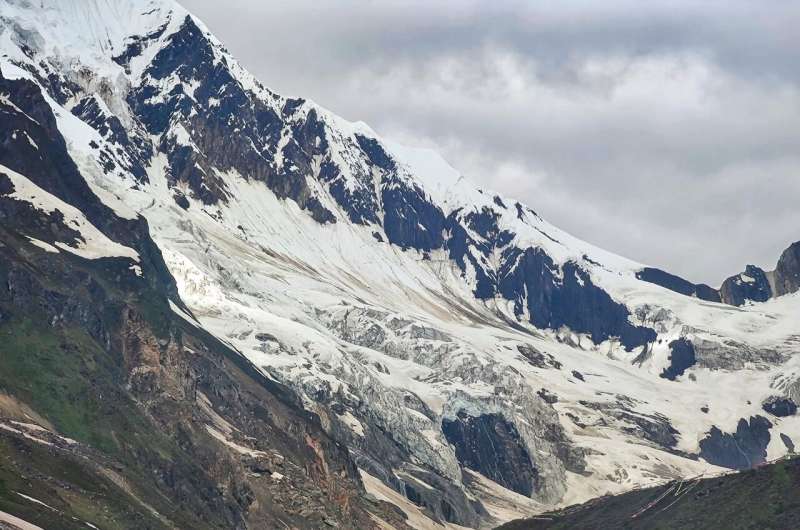
The Tibetan Plateau hosts the world’s largest permafrost region in the middle and low latitudes. Compared to the high-latitude Arctic permafrost, the permafrost here is thinner, warmer, and more sensitive to global warming. The active layer is a crucial zone for energy exchange between permafrost and the atmosphere, effectively reflecting the impact of climate change on permafrost.
Studying changes in the active layer thickness (ALT) helps towards a better understanding of the hydrological environment in permafrost regions. However, due to the complex and variable environment of the Tibetan Plateau, the simulation of ALT remains a subject of debate.
Recently, Jinglong Huang, from Hohai University, and Prof. Chaofan Li, from the Institute of Atmospheric Physics, Chinese Academy of Sciences, utilized the China Meteorological Forcing Dataset to drive the Community Land Model, version 5.0, for simulating and studying changes in ALT from 1980 to 2020 on the Tibetan Plateau. Their findings have recently been published in Atmospheric and Oceanic Science Letters.
The results show significant interdecadal changes in ALT on the Tibetan Plateau after the year 2000. The overall ALT of the plateau decreased from 2.54 m during 1980–1999 to 2.28 m during 2000–2020. This change took place mainly in the western permafrost region, displaying a sharp regional inconsistency with the eastern region where a persistent increasing trend was found, rather than an interdecadal change.
Additionally, the active layer area also displays an interdecadal change around the year 2000, characterized by a continuous decline before that year and almost no change thereafter. The study further found that the changes and regional differences in the active layer of the permafrost on the Tibetan Plateau are significantly influenced by environmental factors such as temperature and precipitation, reflecting the complex response to climate change under global warming.
“The terrain of the Tibetan Plateau is highly complex, and the calculation bias for permafrost in some areas is often large. Thus, we hope to simulate the ALT of the Tibetan Plateau using a high-performing land surface model combined with high-resolution meteorological forcing data to better approximate the actual situation,” explains Dr. Li, the corresponding author of the study.
This result contributes to a better understanding of the transformation characteristics of the meteorological and hydrological environment in the permafrost regions of the Tibetan Plateau against the background of global warming, and to grasping the impact of climate change on the Tibetan Plateau’s exchanges of water and heat.
More information:
Jinglong Huang et al, Variation in the permafrost active layer over the Tibetan Plateau during 1980–2020, Atmospheric and Oceanic Science Letters (2024). DOI: 10.1016/j.aosl.2024.100536
Citation:
Investigating variation in the permafrost active layer over the Tibetan Plateau from 1980 to 2020 (2024, July 12)
retrieved 13 July 2024
from https://phys.org/news/2024-07-variation-permafrost-layer-tibetan-plateau.html
This document is subject to copyright. Apart from any fair dealing for the purpose of private study or research, no
part may be reproduced without the written permission. The content is provided for information purposes only.

